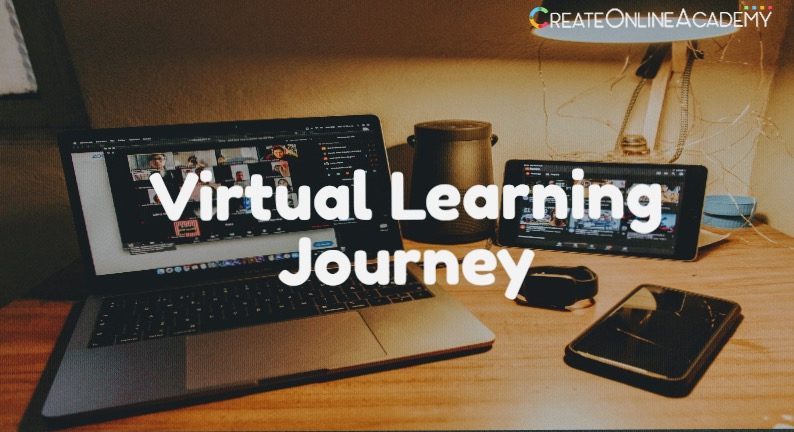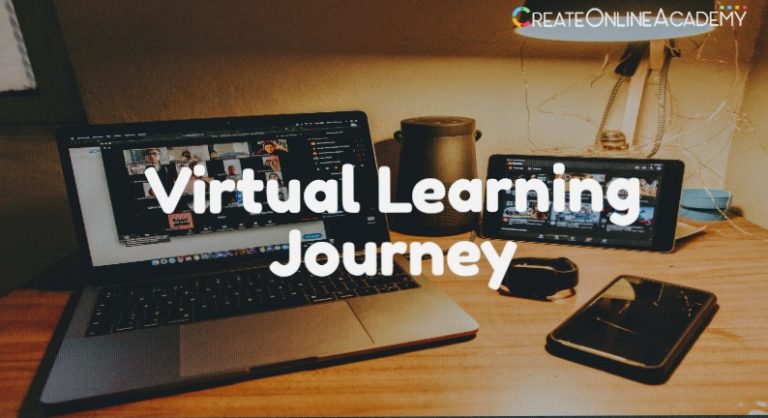How To Source And Create Your Learning Content

Not Just Dead Data – Give Your Teaching Contents Some Life Online
As per the MERLOT Teacher Education programme, a learning material is defined as
‘Any digital entity designed to meet an specific learning outcome that can be reused to support learning’
Thus, any digital resource that can be used to support learning can be called as learning object and that include anything starting from text, audio, video, animation etc.
These contents will help you build the entire lesson and for that reason the arrangement and presentation is very critical.
These learning objects are especially useful for introducing students to concepts that are difficult to produce in text alone, or when it is difficult for the learner to experience a situation in real life. However, such is the potential of an online academy that it can give a new life to your teaching contents.
Where to Find Contents?
You have broadly three choices as far as finding content to meet your courses’ learning outcomes are concerned and you can use them all to create interesting and engaging lessons in your online courses:
- Adapt existing content or purchase off the shelf products.
- Signposting/Linking existing content ( You may also upload the content of the link in the Media Library of your academy)
- Create new content.
Adapt existing content or Purchase off-the-shelf products
- A number of teachers start by converting their paper-based resources into a digital format and making them online. Add relevant videos available in YouTube and other places, if available to be added with your text, to make it more engaging.
- A number of commercial providers have developed digital content which can be purchased at a cost. You must find out with the conditions of copyright license attached with these contents before purchasing any such product, whether you can either amend them or use them in their current form, restrictions may apply.
- You can search the Internet and find relevant content, you may still need to modify it to suit your context and students. First, you need to check the whether content’s copyright allows you to use the resources and more importantly, change them. It is possible to find resources that are copyright free or for which authors give permissions for you to amend them. For example, the open university open learning initiative in the UK and the Massachusetts Institute of Technology (MIT) in the USA are making content available to the public and encouraging users to adapt it for their own use. You may find content on widely varied subjects and interests on these websites. Apart from that there may be hundreds of other free resources on the internet on varied subjects and languages like Wikipedia.
Signposting/Linking existing content
There is an abundance of educational and learning materials available on the internet-sometimes too much! It can be time consuming to search websites to meet your learning outcomes. On the other hand, developing new content can be costly and just as time consuming.
Depending on the Terms of Copyright of the outside web content, it’s a good idea to signpost the other content available on the internet. You can thus also upload the content of the outside link in the Content Bank of your academy, which may again be selected countless times in your online academy at various lessons of the courses.
When looking for resources, try the following websites:
- The Joint Information Systems Committee (JISC) of UK operates a series of regional offices that offer advice and guidance to key contacts in supporting learning providers. These JISC Regional Support Centers (RSCs) may be able to point you resources you could use.
- The Quality Improvement Agency (QIA) Teaching and Learning Programmewebsite has links to curriculum-based resources. It includes not only subject content but other materials that can help you deliver a curriculum based topic. The site points to resources for: society, health and development; construction and built environment; engineering; creative and media; customer care; learning mathematics; IT; modern foreign languages; and many more.
- The National initiative, the NLN Materials produced high quality, multimedia, curriculum-based resources. The resources are freely available to some public-funded educational and training providers. Your organization must be a registered user of the NLN materials to gain access. If you try to register as a new user, you will see which organizations qualify. These materials consist of small, self-contained learning activities that last about 15-20 minutes. The activities are not whole courses but are designed to support a wide range of subject and topic areas.
- The BBC has a range of short, focused learning objects such as its online courses or WebWise, aimed at people who are new to using the internet. If you aim is to encourage students for reading and writing and basic skills, look at the RaWGames and SkillsWisePages. Finally, BiteSize for schools may have something that you could signpost and contextualize for your courses for adults.
Create New Content
It is worth considering creating your own content if you cannot find the right resources.
In the course lessons you may use directly editor functionality to create content in Texts and Multimedia (either study material or Quizzes/Exams) or You may consider to create the content offline either all by yourself or with your team and upload it in the Media Library and it can be used countless number of times by you and other teachers of your online academy, further.
Those involved in content creation may want to consider collaborating with students to create resources either before, during or after an online session. The online academy administrator can manage the access to the members, thus can give rights of teachers to any member who is registered as student. This is a powerful way of both involving learners in creating content for future online activities and engaging them more deeply in the learning process.
Administrator/teacher can not only use all the above mentioned type of Learning Objects in the Editor to create Lessons but can also upload them in the Media Library or content Library In the online teaching websites created by the Createonlineacademy.com so that they may be reused numerous times in the creation of lessons of the online courses of the Online Academy thereby allowing you to achieve the economies of scale.









